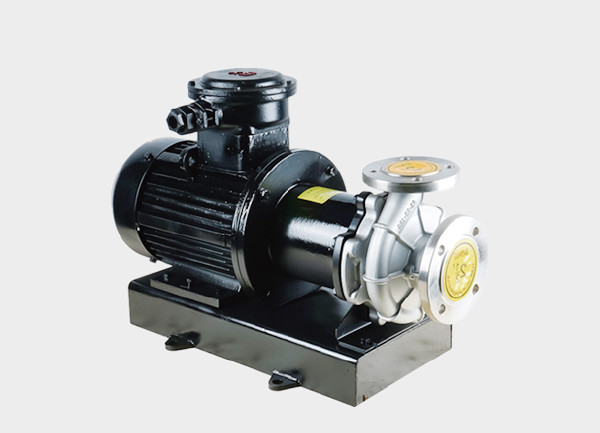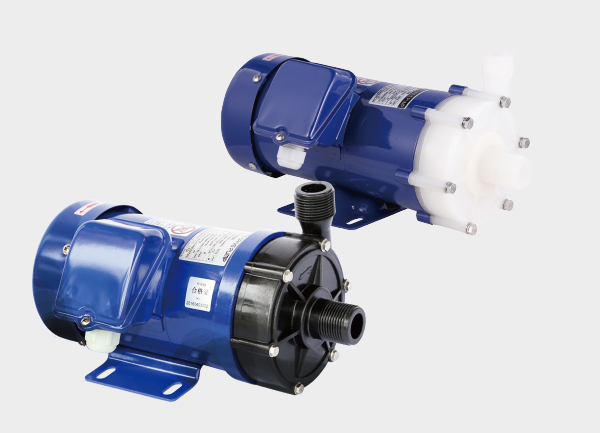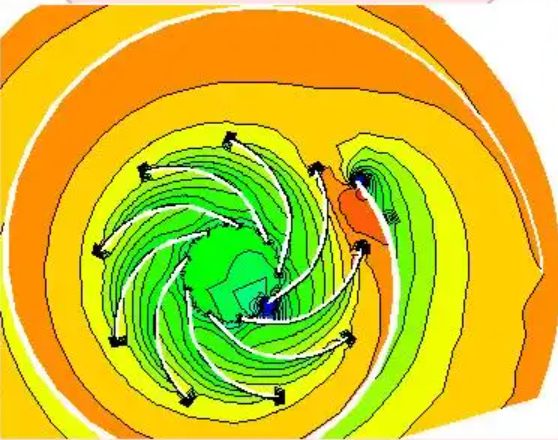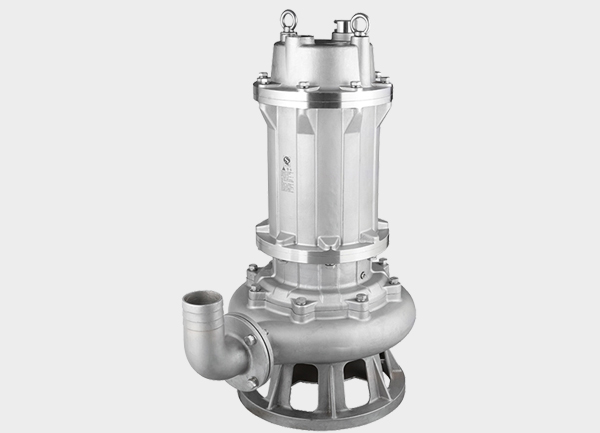Selecting a chemical pump requires more than simply matching flow and head. Because chemical media often involve corrosive, flammable, toxic, or high-viscosity substances, the selection process must balance safety, reliability, efficiency, and long-term cost-effectiveness. The following step-by-step guide outlines the critical decision points, common pitfalls, and best practices for choosing the right chemical pump.
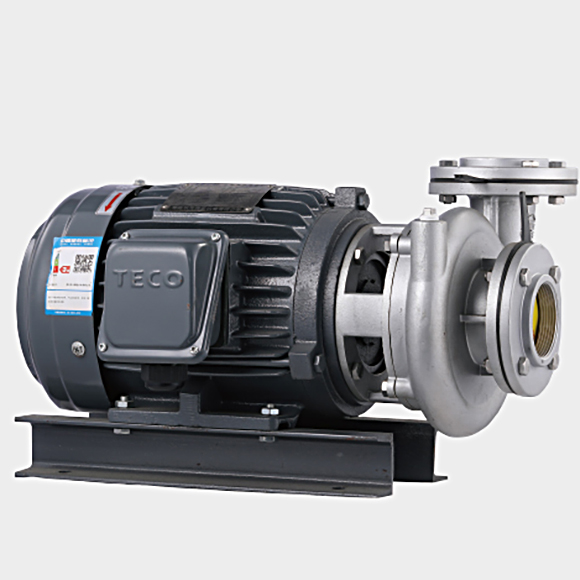
1. Define Core Requirements: What to Transport and How to Transport It
The foundation of chemical pump selection lies in two essential factors: fluid characteristics and operating conditions. Misjudging either can result in pump failure, corrosion, leakage, or inadequate performance.
(a) Analyze Fluid Characteristics (determines materials & sealing)
Corrosiveness:
98% Sulfuric acid → High-silicon cast iron or Hastelloy.
50% Sodium hydroxide → 316L stainless steel or nickel alloy.
Hydrofluoric acid → Fluoroplastics (PTFE/FEP) or Monel alloy.
Solids content & particle size:
Slurries or crystallizing fluids → Slurry pumps or non-clog designs with wear-resistant parts (ceramic, silicon carbide).
Particle size >1 mm → Confirm impeller passage size to avoid clogging.
Flammability & explosiveness:
Methanol, toluene, ethanol → Use explosion-proof motors (Ex d IIB T4) and leak-free sealing (magnetic drive or dual mechanical seals).
Toxicity & volatility:
Cyanide, chloroform, arsenic compounds → Zero-leakage designs such as magnetic drive pumps or canned motor pumps (avoid packing seals).
Viscosity & temperature:
100 cP (oils, resins) → Positive displacement pumps (gear, screw).
150°C → Ensure thermal stability of materials (316L up to 800°C, PTFE up to 200°C) and use high-temperature mechanical seals (metal bellows).
(b) Define Operating Parameters (determines pump size & type)
Flow rate (Q): Select based on actual demand (m³/h or L/min). Add 10–20% margin.
Head (H): Include vertical lift, pipeline resistance, and local losses. Add 10–15% margin to avoid undersizing.
NPSH (Net Positive Suction Head): Ensure NPSHr ≤ NPSHa to prevent cavitation. Low-pressure systems may require low-NPSH pumps (double-suction or self-priming).
Installation conditions:
Limited space → Vertical inline or sump pumps.
Settling fluids → Vertical sump pump.
Portable use → Skid-mounted or mobile chemical pumps.
2. Select Key Pump Components: Materials, Type & Sealing
(a) Wetted Materials (anti-corrosion & wear resistance)
Cast Iron (HT200) → Neutral, non-corrosive fluids (water, oils).
304 Stainless Steel → Mildly corrosive fluids (dilute acids, food-grade fluids). Not suitable for high-chloride media.
316L Stainless Steel → Moderate corrosion (acetic acid, nitric acid, ethanol). Avoid hydrofluoric acid and concentrated HCl.
Hastelloy C276 → Extreme corrosives (aqua regia, chlorinated solvents). High cost, used for critical duties.
Fluoroplastics (PTFE) → Strong acids/bases, HF, concentrated HCl. Not suitable above 200°C.
Ceramics (Al₂O₃) → Abrasive slurries, mild corrosion. Brittle under shock loads.
(b) Pump Type (match to fluid properties & duty)
Centrifugal Pumps (IH series) → Low-viscosity, clean fluids (acids, bases, solvents). Not suitable for viscous or slurry applications.
Self-Priming Pumps (ZX series) → Applications without suction head, clean solvents like ethanol.
Vertical Sump Pumps (FY series) → Settling or crystallizing liquids, immersion needed.
Gear Pumps (KCB series) → High-viscosity, clean fluids (resins, oils, asphalt). Not suitable for corrosive or abrasive media.
Screw Pumps (G series) → Viscous fluids with small amounts of solids (sludge, slurry).
Magnetic Drive Pumps (CQB series) → Toxic, flammable, highly corrosive chemicals. Zero leakage. Not suitable for solids.
Canned Motor Pumps (PN series) → Ultra-hazardous, volatile chemicals. Completely sealed, but costly and not ideal for high-temperature or abrasive duty.
(c) Sealing Technology (safety-critical)
Packing seals → Cheap, but always leak (not for toxic/flammable media).
Mechanical seals → Low leakage (<0.1ml/h). Suitable for most corrosive fluids. Dual seals with flushing for crystallizing fluids.
Magnetic drive (seal-less) → Zero leakage, ideal for toxic/flammable fluids. Limited to clean liquids without solids.
Canned motor (seal-less) → Absolute containment, used for extremely hazardous fluids. High cost, complex maintenance.
3. Verification & Optimization
Check parameter matching: Ensure rated flow/head matches demand (with safety margin). Confirm NPSH compliance.
Evaluate lifecycle cost: Centrifugal pumps (70–90% efficiency) save energy vs. gear pumps (50–70%). Choose pumps with standardized spare parts to reduce downtime.
Regulatory compliance: For hazardous chemicals, ensure pumps meet explosion-proof standards (GB 3836), pressure piping codes (GB 50316), and provide material certificates & safety compliance documents.
Consult manufacturers: For complex mixtures, unknown concentrations, or extreme duty (high temperature, high viscosity, solids), involve professional pump engineers to avoid costly mistakes.
4. Chemical Pump Selection Flowchart
Identify fluid properties (corrosion, solids, flammability, toxicity, viscosity, temperature)
Define duty conditions (flow, head, suction pressure, installation)
Select wetted materials (metallic vs. non-metallic)
Choose pump type (centrifugal, gear, screw, magnetic drive, etc.)
Determine sealing method (mechanical seal, magnetic drive, canned motor)
Verify parameters & compliance (NPSH, efficiency, safety standards)
Consult manufacturer for optimization
Conclusion
By following this structured approach, engineers can avoid common pitfalls such as material incompatibility, seal failure, or undersized performance, ensuring that the chosen chemical pump operates safely, efficiently, and reliably over the long term.
This guide helps process engineers, plant operators, and procurement specialists make informed decisions when dealing with corrosive, hazardous, or complex chemical media.



